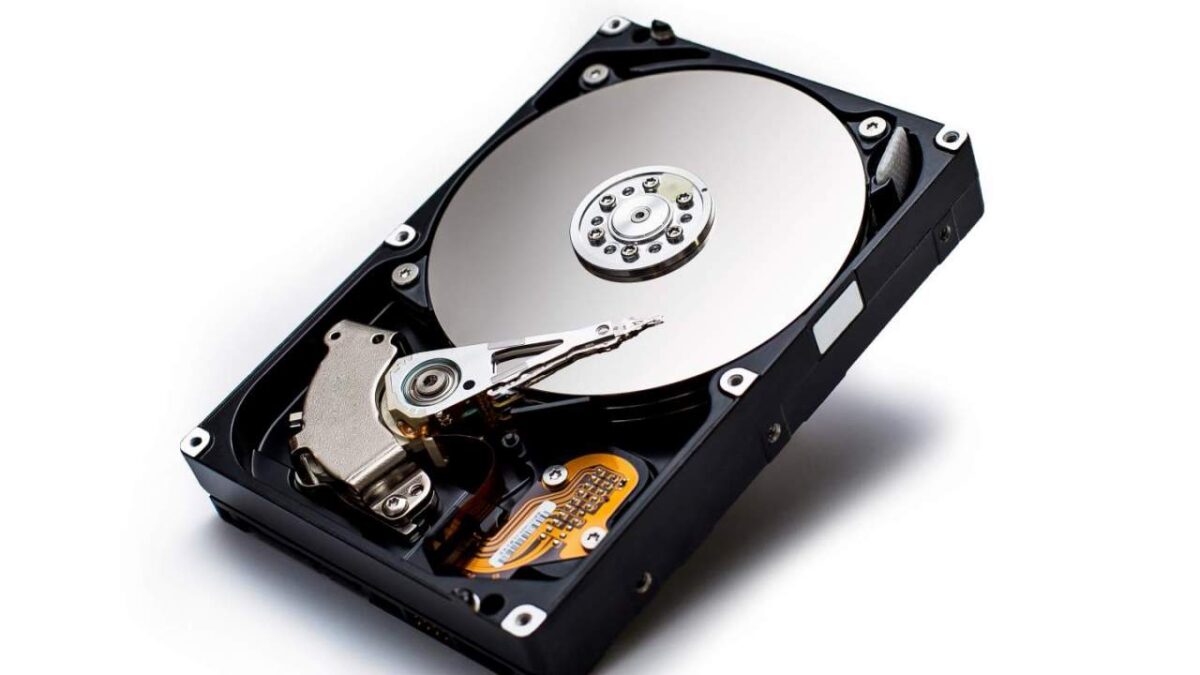Defragging a hard drive is very common so that almost rituals for computer users. Many different disk and disk maintenance programs offer defragmentation routines as part of their utility suite. As an operating system (OS) continues to evolve, and the file system has increased, many users wonder if defragging is still needed.
To better understand when defragmentation is needed, it is important to understand exactly what the process is. Traditionally, when the OS stores the file to the disk, it does not save the file as a data block in one location on the hard drive. Instead, it breaks it into pieces, saving each separately. On fresh hard drives, individual pieces are often relatively close together. This is fragmentation, according to Condustiv.
When the OS continues to save the file, the files continue to grow, and when the hard drive is filled, individual bits are often stored farther apart because there are fewer areas of the drive portion that is not used close together. As a result, it can take longer for the OS to find various pieces of files to be re-cut for use. Defragging a hard drive optimizes how space is used, Connusiv notes, places various bits of files closer together so the OS does not need to work difficult to find and replace it.
More new MacOS and Windows versions try to solve fragmentation problems with an enhanced file system combination and automatic routine. In the case of MacOS, starting with version 10.2.2, Apple introduces an enhanced file system, HFS +. The new file system has a journal feature that tracks changes made on the file system and grouped data together more efficiently than the previous version (through crucial). In addition, version 10.3 introduces various methods – including the HFSDebug utility (via OS X Book) – the system can be used to automatically defrag the hard drive.
On the side of the PC industry, Microsoft is working on similar progress. Various versions of Windows have included defragmentation tools for many years, Microsoft Notes, with options to schedule the process run automatically. But in Windows 10 and newer, automatically optimization is turned on by default (through the help of the Geek desk).
Theoretically, this must eliminate the need to make the hard drive defrag manually, but the reality is a little more complicated. Defragging hard drives can be a time-consuming process, and many users don’t leave the computer on 24/7. As a result, the process is often disconnected before it can be resolved.
Given many different factors involved in defragging hard drives, there are a number of guidelines that you must follow. First and foremost, electronics Weekly notes that you cannot defrag solid-state drive (SSD). Unlike traditional hard drives, consisting of rotating plates, SSDs are made of solid-state memory. The age is measured in the number of read and write drives that can be done before death.
Because SSD has provided a performance that has increased significantly through traditional hard drives, they get very little from defragmentation, ew records. What’s more, the process of defragging the SSD shortens its age by using an extra read / write to reset the file.
When it comes to standard hard drives, how often you need to defrag it manually will depend on how you use a computer. If you leave your machine at any time, the default optimization tool in MacOS and Windows can negate the need to manually defrag, because the two companies noted. On the other hand, if you routinely turn off your machine after each use, it prevents the utility from running automatically, you might have to run the defragmentation utility once a month, according to Lifewire.













